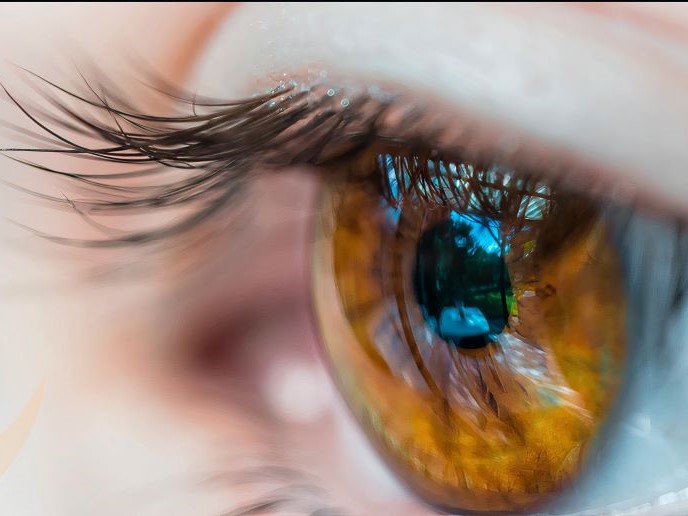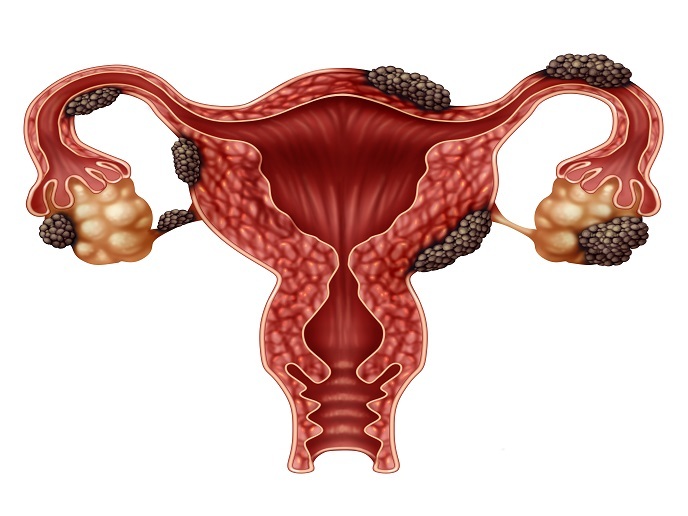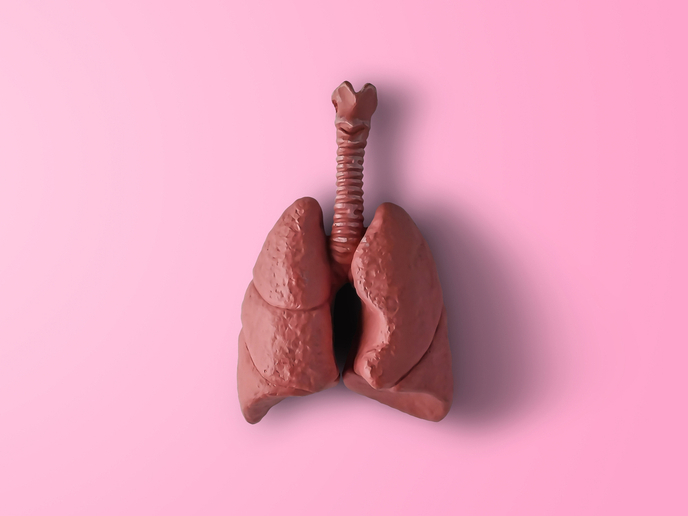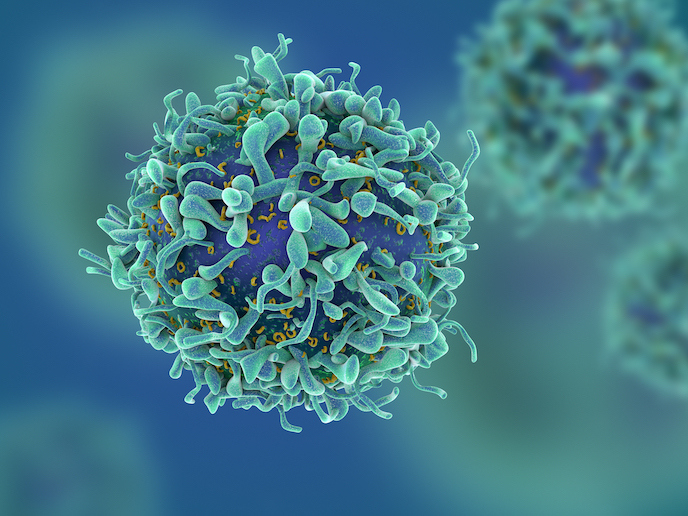Regeneration of intervertebral discs
Statistics show that 30 % of European workers experience back pain, and it is the most frequently reported work-related disorder. Several factors might cause the back pain, but in the majority of cases it is linked to intervertebral disc (IVD) degeneration. Development of novel cell culture techniques, design of biocompatible polymers and tissue engineering strategies have recently emerged as a therapeutic option in regenerative medicine. The DISC REGENERATION project was funded by the EU in order to solve morbidity caused by IVD degeneration, using a tissue engineering approach for the regeneration of the histological compartments of the disc. The objective of the four-year project was to provide a cure for lower back pain by developing porous scaffolds and technology that can repair a damaged IVD by enabling its regeneration to a natural healthy state. Researchers developed injectable acellular and cell-loaded bioactive polymer-based scaffolds. A biomimetic approach enabled the inclusion of the necessary cell signalling factors to produce a bio-hybrid structure that closely resembles human tissue. In IVD, tissue vascularisation must be carefully controlled with minimal vascularisation in the annulus and nucleus regions and moderate vascularisation at the vertebral body level. This was successfully achieved using either functional peptides able to block the vascular endothelial growth factor (VEGF), or by the materials loaded with stem cells secreting soluble VEGF receptors for blocking growth factor activity. Special effort was devoted to development of a minimally invasive surgery technique for better patient safety. Results of the project have been presented in more than 20 peer-reviewed scientific publications. The new technology developed by the project can be applied in the medical device and drug delivery sectors, including wound healing, cardiovascular regeneration, inflammatory lung disease and neurodegenerative diseases.







